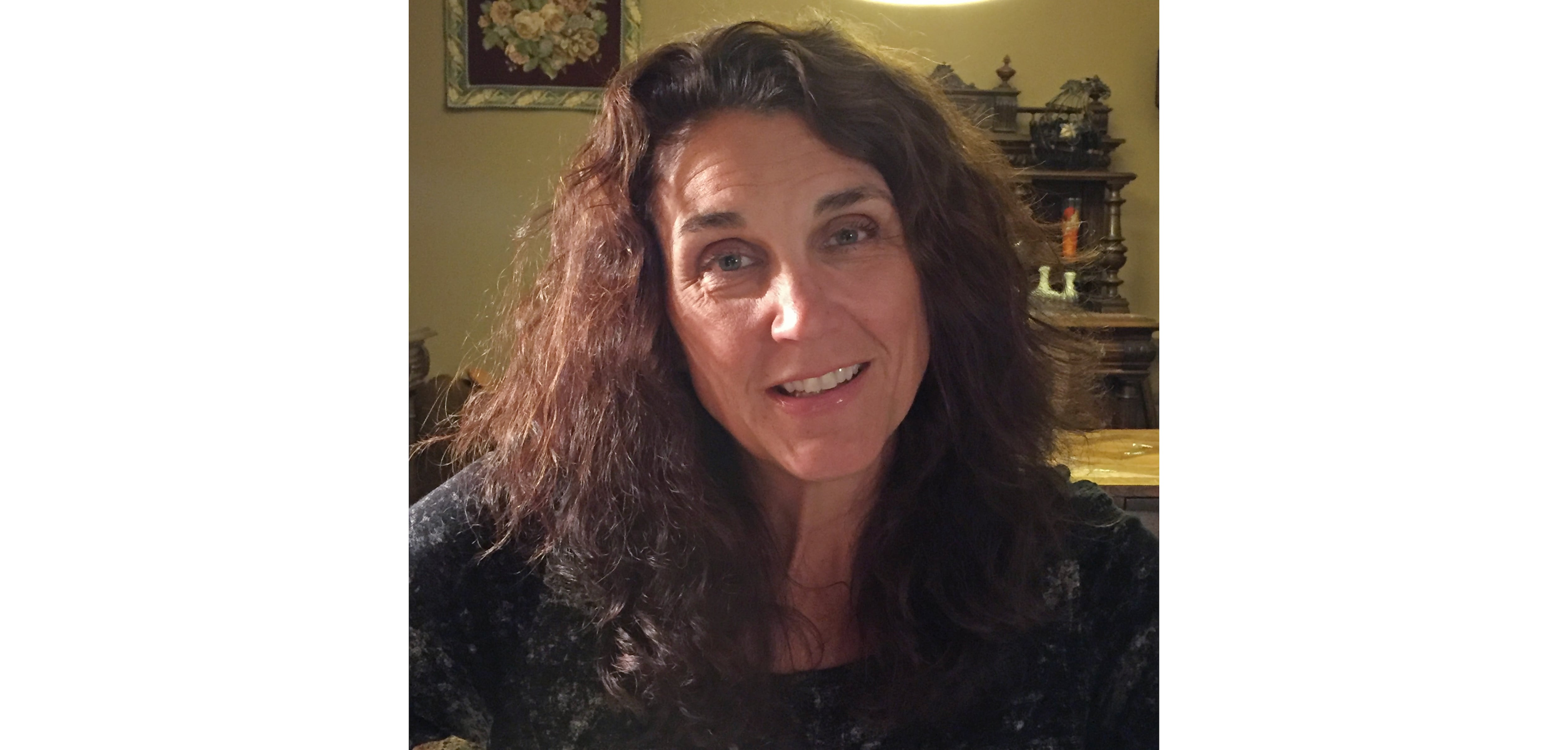Editor's note: The following is an opinion piece. The writer is not employed by Military Times and the views expressed here do not necessarily represent those of Military Times or its editorial staff.
Because October is Breast Cancer Awareness Month, it was amid pink ribbons that I went for my annual mammogram. I was pleased to see the clinic announcing the new 3-D mammogram machine that was purchased with proceeds from last year's local Race for the Cure.
And since October is also the start of the fiscal year, it would have been an added bonus to learn that the new Tricare coverage included 3-D mammography, also known as tomosynthesis. However, I was told that while Medicare patients, who also are insured with federal funds, are covered for a 3-D mammogram, Tricare patients, even those on active duty, are not.
I was handed a form which listed all the benefits of 3-D mammography according to a study published by the Journal of the American Medical Association, such as a 41 percent increase in detection of invasive breast cancers, a 29 percent increase in detection of all breast cancers and a 15 percent decrease in patient recall for additional testing. At the bottom of the form, I had to check one of two blocks: Decline the 3-D technology or agree to pay the $60 difference between what Tricare allows for the exam and the cost of the 3-D mammogram.

Kim Herndon
Photo Credit: Courtesy of Sunshine Sachs
At first I was only mildly annoyed, but not surprised – there are plenty of things Tricare doesn’t cover. I admit that I have no idea how the decision to direct funds for coverage is made. I assume there must be some sort of cost-benefit analysis, an analysis of efficacy of treatment, and so on. As I sat in the waiting area, I remembered articles I had read applauding the new Tricare expanded coverage to provide transgender hormone therapy and counseling, as well as treatment for opioid addiction. That got me thinking about how these decisions really are made.
Setting aside the politics of transgender treatment, a straightforward analysis would seem to show that 3-D mammogram coverage is a better use of funds allocated for military health care. The number of mammogram patients surely far exceeds the number of transgender patients. Yet, despite the much larger number of beneficiaries, the overall increase would probably not exceed the expense of transgender treatment.
Transgender hormone therapy is estimated to cost $1,000 to $1,500 per patient, so about two dozen women could pay for a 3-D mammogram for every transgender patient receiving hormone therapy. That doesn't include counseling costs for transgender treatment, which are also covered by Tricare.
And because the number of transgender service members and dependents who are seeking or will seek such benefits is not known, the total cost of the benefit is unknowable. On the other hand, a look into the Defense Enrollment Eligibility System database at the number of women eligible for mammograms would give an accurate figure for the cost of 3-D mammogram coverage.
It doesn't seem that you can set aside politics in this decision-making process. What other justification is there for a choice that provides very few beneficiaries with an expensive, controversial treatment rather than one that provides many more beneficiaries with a proven treatment at a low per-patient cost?
When you also consider the Army's recent decision to acquiesce to surgery for Chelsea Manning in response to a hunger strike, the message is clear, and it's a familiar one. Women were the object of the military's affection and the political cause du jour a few months ago when it came to ensuring we could serve in combat-arms units, but now it appears we've been dumped for the current politically advantageous group.
We know how this goes, so we won't stage a hunger strike and demand this coverage. We'll do what we always do: Talk to each other about our frustrations and decide whether we will pay out of pocket or forgo the uncovered treatment … like we do for all the other uncovered stuff. We have learned from our service members to soldier on.
After growing up as a military dependent, serving eight years on active duty as an Army officer and raising my own family as the spouse of a 30-year active-duty officer, I know that our community is motivated by something far bigger than health care coverage, or housing, or education benefits. I know that we don't do what we do for the benefits; sometimes, we do it in spite of them.
Even so, I ask our civilian and military leadership that, if you get a chance, when the election is over, would you consider 3-D mammography coverage? It's pretty cheap, it's effective, and there are lots of us who would benefit. The government has already decided that Medicare patients deserve it, so what about us?
Kim Herndon is a former active-duty Army major who served 1995-2003. As a military brat and a 20-year spouse, she has experienced the evolution of military health care for almost 50 years.




